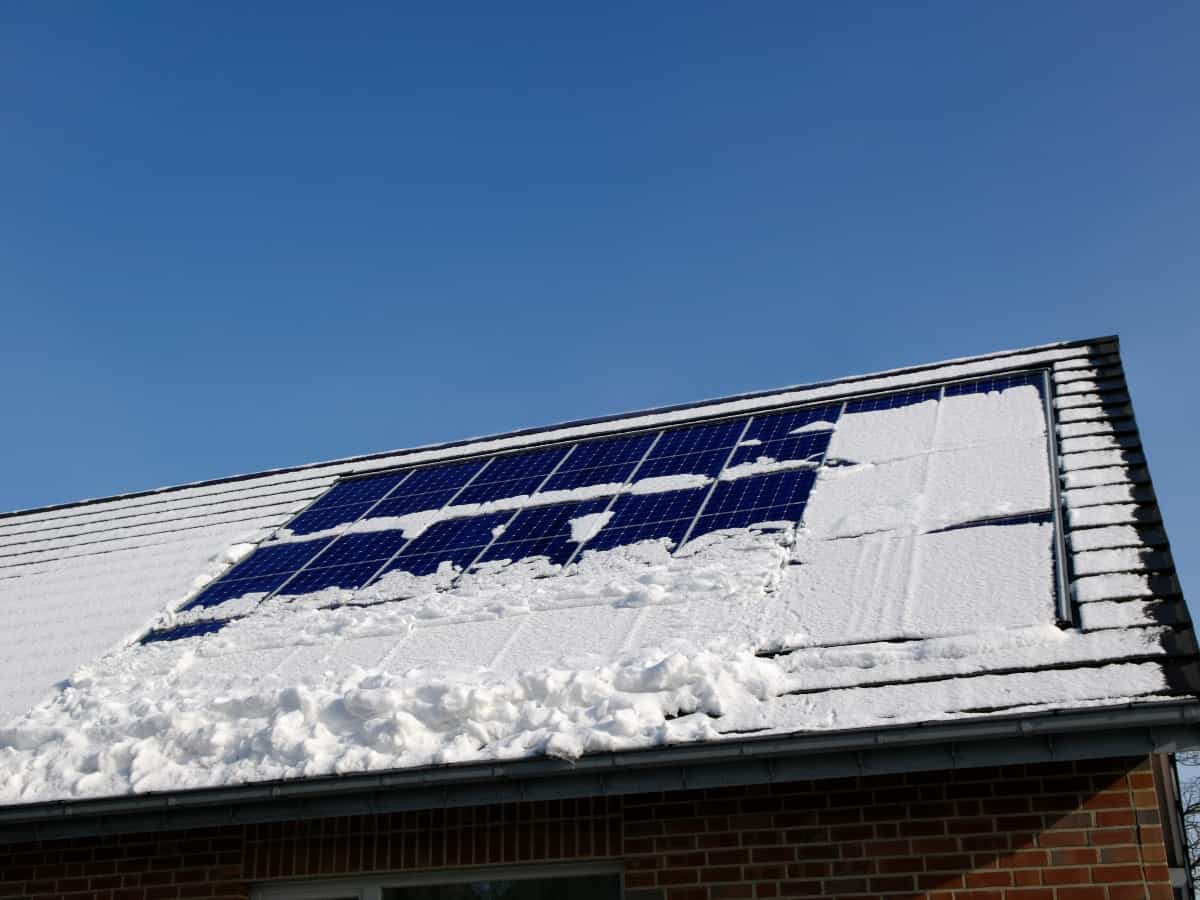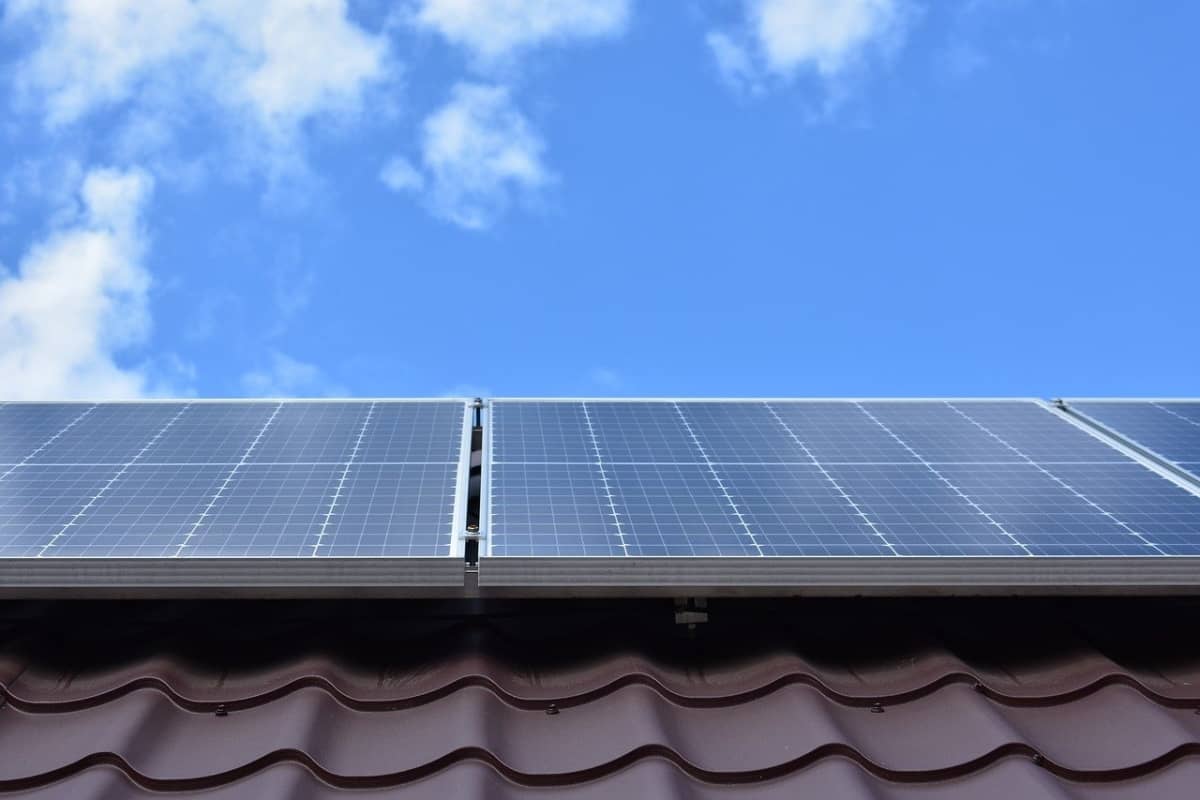With the rising cost of electricity, people have been looking for ways to cut their bills. As a result, solar energy usage is becoming a norm in homes and businesses. According to statistics, solar energy provided roughly 2.3 percent of total electricity in the United States in 2020 alone. But, as it becomes more popular each day, one question homeowners keep asking is: What is solar battery storage, and do I need it?
A solar energy system is incomplete without solar battery storage. With the proper storage for your solar energy, you can reduce electricity bills. Also, good energy storage will help you reduce costs related to power outages like the use of generators.
Let’s look at the benefits of installing solar battery storage and how to determine the correct size.
Discover Energy Audits with Solar Energy and ONIT Home
Try our Free Energy Audit to make sure your home is performing at optimum energy efficiency. We’ll inspect every nook and cranny of your home to make sure it’s best serving your needs. We’ll also give you tips on lowering your energy bills, conserving energy, and creating a more efficient space. Learn how ONIT’s solar energy audit can help you maintain a top performing home.
What Is Solar Battery Storage?
Solar battery storage is an innovative solution to the problem of how to store solar power. It refers to a technology that converts energy from solar panels and keeps it for later use. Solar panels produce electricity when there is sunlight, but you can’t use it all the time. That’s why you need batteries to store the energy for later use. Solar battery storage systems are usually made up of rows of solar panels, batteries, and inverters, which convert the energy to usable power.
Solar panels produce direct current (DC) energy, but most home appliances use alternating current (AC). So, to store the energy in the solar batteries, you’ll need to include an inverter and a charge controller. They are used in converting direct current (DC) to alternating current (AC) without overcharging the battery.
Inverter
These are responsible devices for converting solar energy from DC to AC. They also use solar energy as their power. An inverter is placed indoors, unlike solar panels, to protect it against harsh weather. The size of an inverter will depend on the size of the solar panels. For example, if your solar system uses 5.0 kW, you will need the same size or larger inverter.
Inverters also help you monitor the functionality of your system, such as the total amount of energy produced.
Charge Controller
A charge controller is a gadget that regulates the flow of electricity to a battery to prevent overcharging or undercharging. There are two most common charge controllers in solar battery storage systems. They are the PWM (pulse-width modulation) and MPPT (Maximum power point tracking) controllers.
PWM controllers are used in low-voltage systems because they lose a lot of power when transferring it to batteries. MPPT controllers are primarily used in high voltage systems. They are more efficient because they have a higher input voltage threshold of around 93-97%.

Top Benefits of Solar Battery Storage
Solar battery storage enhances the efficiency and performance of a solar system in your home. Here are some things you get to enjoy after installing this storage:
Provides a Reliable Source of Backup Power
Solar battery storage offers a reliable option for using electricity during blackouts or other emergencies. Because you have control over this storage type, the power is in your hands, and you may use it whenever you want.
Reduces the Electric Bill
Good battery storage can save your electric bill by 50% by storing excess electricity generated from solar panels. You can use the saved energy at night, especially in the summer when the sun is hot.
It’s Quiet
When you store energy in solar batteries, you won’t even notice that you aren’t consuming grid electricity. This is because, unlike generators, using power from solar storage is quiet.
It’s a Clean Energy Solution
Solar battery storage helps conserve the environment because it doesn’t emit greenhouse gases like fossil fuel.

Five Tips for Purchasing the Correct Solar Battery
The battery you pick to store the energy from the solar panels will determine how long you can use it. Therefore, selecting a solar battery should be done with caution.
The following are the important factors to consider when choosing batteries for your solar system storage:
Check Battery Capacity
The battery’s capacity is the amount of charge it can store at one time. It is measured in amp-hours, which means how much current the battery can provide for over one hour. The capacity you choose depends on the power needs in your home.
Check Depth of Discharge (DoD)
Depth of discharge (DoD) is an important metric to consider when choosing a solar battery storage system. It’s a measure of how deeply you can discharge your battery. The lower the DoD, the better. If you discharge your battery by only 20% of its capacity, it will last longer than if you discharge it by 80%.
Check Round-Trip Efficiency
The round trip efficiency is the ratio of the energy you can fully discharge from your battery to its stored energy.
Confirm Battery Warranty
The more you use a battery, the less efficient it becomes and the less energy it can store. This is why manufacturers offer a warranty on how long the battery should last before losing its capability. So, when buying a solar battery, go for one that provides an extended lifespan. Although it comes with a hefty price tag, it also implies that the manufacturer has trust in it.
Confirm Type of Battery
The battery you select for your solar battery storage is critical to its success. There are four types of solar batteries:
- Lithium-ion battery: This battery is the most popular solar battery, and it’s the same one you’d find on your laptop or cell phone. Lithium-ion batteries are simpler to maintain, simpler to operate, more efficient, and have a longer lifespan.
- Lead-acid battery: This was the first-ever rechargeable battery to have been created. It is dependable and cheap but has a low energy density, is heavy, and comes with a shorter lifespan.
- Flow battery: This is a rechargeable battery that can store and provide large amounts of energy. They are also known as redox (reduction-oxidation) batteries. The energy is stored in tanks of liquids. As a result, they are less expensive for large systems, have a longer life span, and produce less discharge. On the other hand, they have a low energy density, lower efficiency, and are heavy.
- Nickel-cadmium: This is a rechargeable battery that uses nickel oxide hydroxide and metallic cadmium as electrodes. They are good for low-temperature performance, inexpensive with simple storage. But they have low charge capacity, memory effect problems, and can be toxic.
How to Know the Correct Battery Size for Your Home
Now that you know which battery to choose, the next step is to select the right size for your solar battery storage. This involves a few calculations, and it’s good to consult a professional to come up with the correct sizing. The number of solar panels you have determines the size of the battery. It also depends on how much energy your appliances use. First, let’s calculate the inverter size that you will need.
Inverter Calculation
If you already have solar panels, your inverter size should be approximately the same as the solar panel. If you don’t have one, you can estimate its size by dividing your daily kWh energy consumption by your location’s sun’s peak hours.
Battery Size Calculation
First, decide on the number of days you’d wish to have your battery run off-grid power without recharging it. You can get the size of your battery by taking your daily energy usage and multiplying it by the day’s autonomy.
An Example
If you use 1.6kWh per day, and you want your battery storage to run for three days without recharging. You take 1.6 x 3= 4.8kWh. This will be the size of the battery storage for your home. To get amp-hours, divide this with the system voltage.
If your system is 48V, you first convert the battery capacity to watts by multiplying by a thousand. So, you get 4.8 x 1000 = 4800/48 =100AH.
To get the number of batteries you need for your power bank, you divide this by the battery ratings.
Remember to put into consideration the DoD rate. In our example, we have assumed a 100% DoD. But if your battery has a 50% DoD, you’ll have to multiply the voltage by 2. In this case, we get 200AH. So you can use 200AH, two 100AH, or four 200 AH batteries for your solar battery size. Before selecting the right size for your battery, recall all the tips discussed above.

Stay Powered with ONIT Home
Solar battery storage is an excellent option for reducing energy bills in your home. It also gives you the power to control your energy at any time. When selecting the best solar battery, check its capacity, DoD, round-trip efficiency, and battery type. It’s a good idea to get help from professionals like ONIT Home to get the correct size of your battery storage.
Visit our website or call us now at 1-833-433-0331 to get the best deals for your solar energy needs. Need solar battery storage? We’re ONIT.



